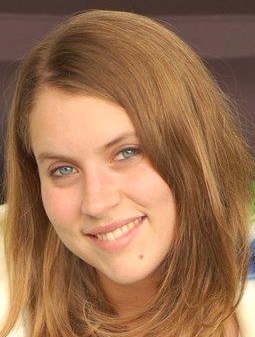Responsibilities
The production study:
Using a semi-structured elicitation task, the results show that preschool children already from 2 years of age produce an intonation pattern called 'Polarity Focus' in relevant contexts (e.g., gutten LESER bok; 'The boy does read a book (despite what you are saying)'). We take this to suggest that children from this early age intentionally use intonation to signal their attitude (of endorsement or denial) towards an attributed thougth. This study is published here.
The comprehension study:
In the comprehension study, we use eye-tracking techonology and picture selection to investigate 3-5-year-olds' comprehension of utterances containing the additive focus particle også ('also') in utterances such as Jonas spiser også is. Depending on the intonation used, this could either mean 'Jonas, too, is eating ice cream' (i.e., an additional subject interpretation) or 'Jonas is eating ice cream too' (i.e., an additional object interpretation). Data are currently being analyzed.
The puzzle of the production-comprehension asymmetry:
Contrary to the expected asymmetry of language acquisition (that comprehension precedes production), experimental evidence suggests that children can produce linguisitic expressions they apparently not yet comprehend. In this work, I discuss theoretical aspects that must be accounted for when aiming to explain this puzzling asymmetry and methodological challenges that must be taken into consideration when designing experiments and analyzing the results. A central question is whether this is a true production-comprehension asymmetry, or if it is merely caused by something that makes it seem as though we have to do with an asymmetry?
